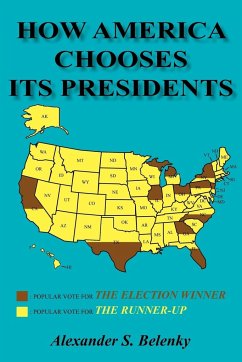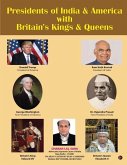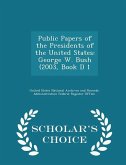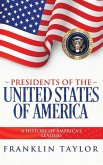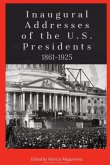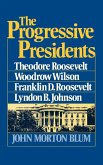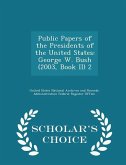How America Chooses Its Presidents addresses in a simple manner the whole spectrum of issues relating to the Electoral College from the perspective of its logical foundations. This is the first book to question the applicability of the Presidential Succession Act, a Federal Statute, in certain extreme but possible situations. The book argues that the act may not protect the country from election stalemates. Today, 50 states and DC rather than a college of electors award electoral votes in presidential elections. This appears to violate the ¿one state, one vote¿ principle, the constitutional norm governing the electing of a President by states, since a state¿s electoral vote quota is based on the size of its population. Despite the counting of the nationwide popular vote since the 1824 election, its tally does not have any constitutional status, since the popular vote in every state is no more than a means for determining the winning slate of presidential electors in the state. The ¿winner-take-all¿ principle of awarding electoral votes makes many states ¿safe¿ for either major party candidate. This narrows election campaigns to a ¿battleground minority¿ of the states and contributes to keeping more than 40% of the electorate uninterested in voting in presidential elections. Abolishing the existing election system in favor of a direct popular presidential election¿by means of a constitutional amendment¿seems unlikely. Seventeen small states¿with five and fewer electoral votes each¿have no reason to voluntarily surrender the ¿one state, one vote¿ principle in electing a President in the House of Representatives, as well as the chance of having a say in the Electoral College. The book analyzes a controversial proposal to ¿circumvent¿ the small states by introducing a direct popular presidential election without a constitutional amendment and argues that this proposal is unlikely to prevail either. The book proposes a modification of the existing election system to allow the country to choose a ticket carrying two mandates that the electorate can give in the election¿from the nation as a whole and from the states and DC as equal members of the Union. If any two tickets carry one mandate each, the number of electoral votes won by each ticket helps determine the election outcome. If neither a majority of voting voters nor a majority of 51 members of the Union favor any ticket, the Electoral College mechanism takes over as a backup, and if it fails, the election is thrown into the US Congress. The book, written for a general readership, provides an overview of original election rules, determined by Article 2 of the US Constitution, and contemporary ones, determined by the Twelfth Amendment. Understanding the book does not require any special knowledge, making it accessible to people of all walks of life at any age. At the same time, the readers of How America Chooses Its Presidents will undoubtedly improve their ability to think logically, making them more critical of statements about the Electoral College and about election campaigns.

